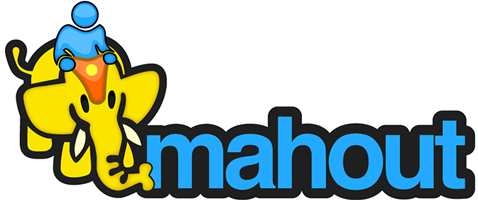Data Science: Real-World Use Cases
Part of what makes Hadoop and other Big Data technologies and approaches so
compelling is that they allow enterprises to find answers to questions they didnât
even ask. This can result in insights that lead to new product ideas or help
identify ways to improve operational efficiencies. Still, there are a number of already identified Data Science use-cases, both for Web giants like Google, Facebook and LinkedIn and for the more traditional enterprise. They include:
Recommendation Engine: Web properties and online retailers use Hadoop to match and recommend users to one another or to products and services based on analysis of user profile and behavioral data. LinkedIn uses this approach to power its âPeople You May Knowâ feature, while Amazon uses it to suggest related products for purchase to online consumers.
Sentiment Analysis: Used in conjunction with Hadoop, advanced text analytics tools analyze the unstructured text of social media and social networking posts, including Tweets and Facebook posts, to determine the user sentiment related to particular companies, brands or products. Analysis can focus on macro-level sentiment down to individual user sentiment.
Risk Modeling: Financial firms, banks and others use Hadoop and Next Generation Data Warehouses to analyze large volumes of transactional data to determine risk and exposure of fincnaical assets, to prepare for potential âwhat-ifâ scenarios based on simulated market behavior, and to score potential clients for risk.
Fraud Detection: Use Big Data techniques to combine customer behavior, historical and transactional data to detect fraudulent activity. Credit card companies, for example, use Big Data technologies to identify transactional behavior that indicates a high likelihood of a stolen card.
Customer Churn Analysis: Enterprises use Hadoop and Big Data technologies to analyse customer behavior data to identify patterns that indicate which customers are most likely to leave for a competing vendor or service. Action can then be taken to save the most profitable of these customers.
Social Graph Analysis: In conjunction with Hadoop and often Next Generation Data Warehousing, social networking data is mined to determine which customers pose the most influence over others inside social networks. This helps enterprises determine which are their âmost importantâ customers, who are not always those that buy the most products or spend the most but those that tend to influence the buying behavior of others the most.
Customer Experience Analytics: Consumer-facing enterprises use Hadoop and related Big Data technologies to integrate data from previously siloed customer interaction channels such as call centers, online chat, Twitter, etc. to gain a complete view of the customer experience. This enables enterprises to understand the impact one customer interaction channel has on another in order to optimize the entire customer lifecycle experience.
Network Monitoring: Hadoop and other Big Data technologies are used to ingest, analyze and display data collected from servers, storage devices and other IT hardware to allow administrators to monitor network activity and diagnose bottlenecks and other issues. This type of analysis can also be applied to other forms of networks, include transportation networks to improve fuel efficiency.
Research And Development: Enterprises, such as pharmaceutical manufacturers, use Hadoop to comb through enormous volumes of text-based research and other historical data to assist in the development of new products.
These are, of course, just a sampling of Data Science use cases. In fact, the most compelling use case at any given enterprise may be as yet undiscovered. Such is the promise of Big Data.
source:Wikibon




